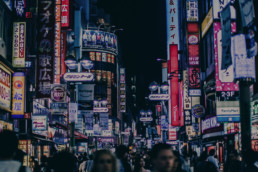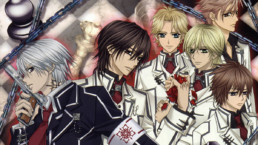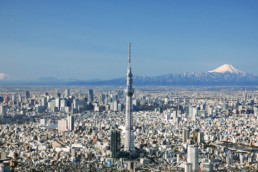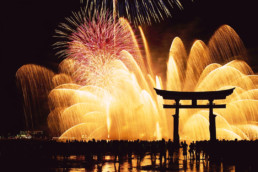Japan Travel: Shibuya
The Dynamic Shibuya
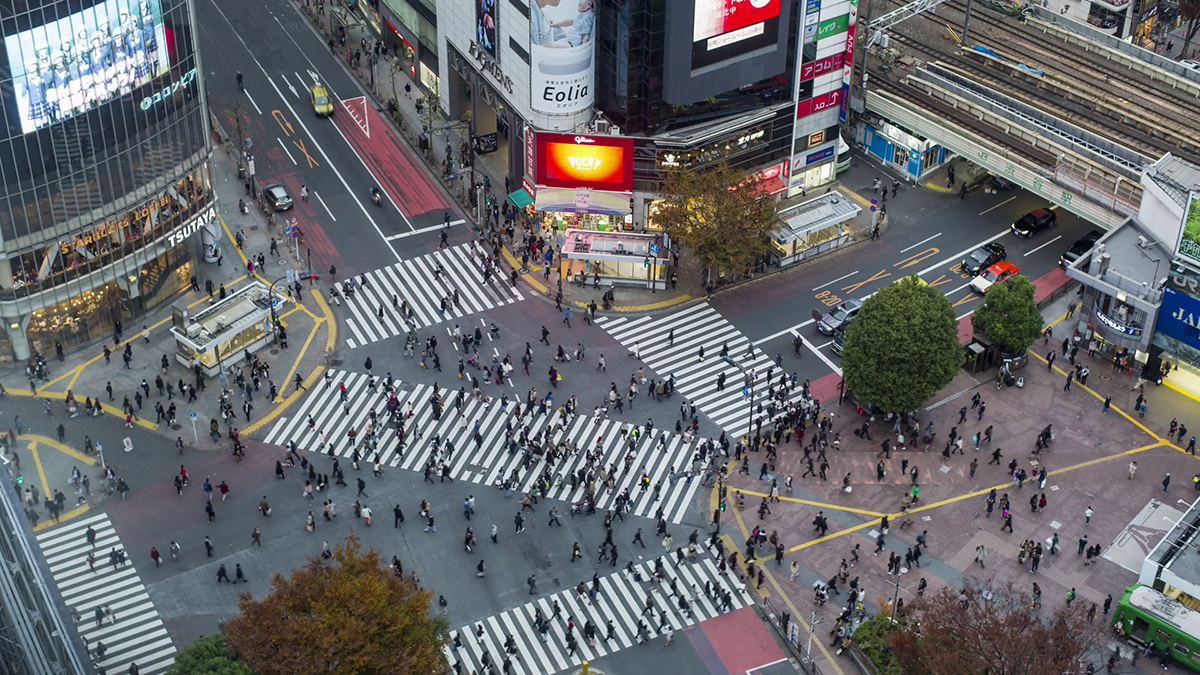
Photo credit: Google
Shibuya (渋谷区 Shibuya-ku), known as the most dynamic area of the city, is one of the 23 special wards of Tokyo. It develops around the area of the Shibuya Station, one of the busiest stations of the capital, that opens to the Shibuya Scramble Crossing, the most crowded street-crossing in the world.
All the buildings are covered by big screens that illuminate the whole ward as the sun sets. Streets are full of stores like the 109 (Ichi-maru-kyū), the iconic department store, and in particular music stores, restaurants and the famous “love hotels”. These can be found mainly in the so called Shibuya’s Love Hotel Hill. To make it all the more distinctive there are the young people leading the art of cosplay and….. well, Shibuya in one of the wards in which the Yakuza is more active!
If you don’t know what the Yakuza is, well the mystery is soon solved. It is the famous Japanese criminal organization divided in many different groups called ‘kumi’ or ‘bōryokudan’ (literally ‘violent group’) according to the legal terminology. It has its roots back to the Edo Period.
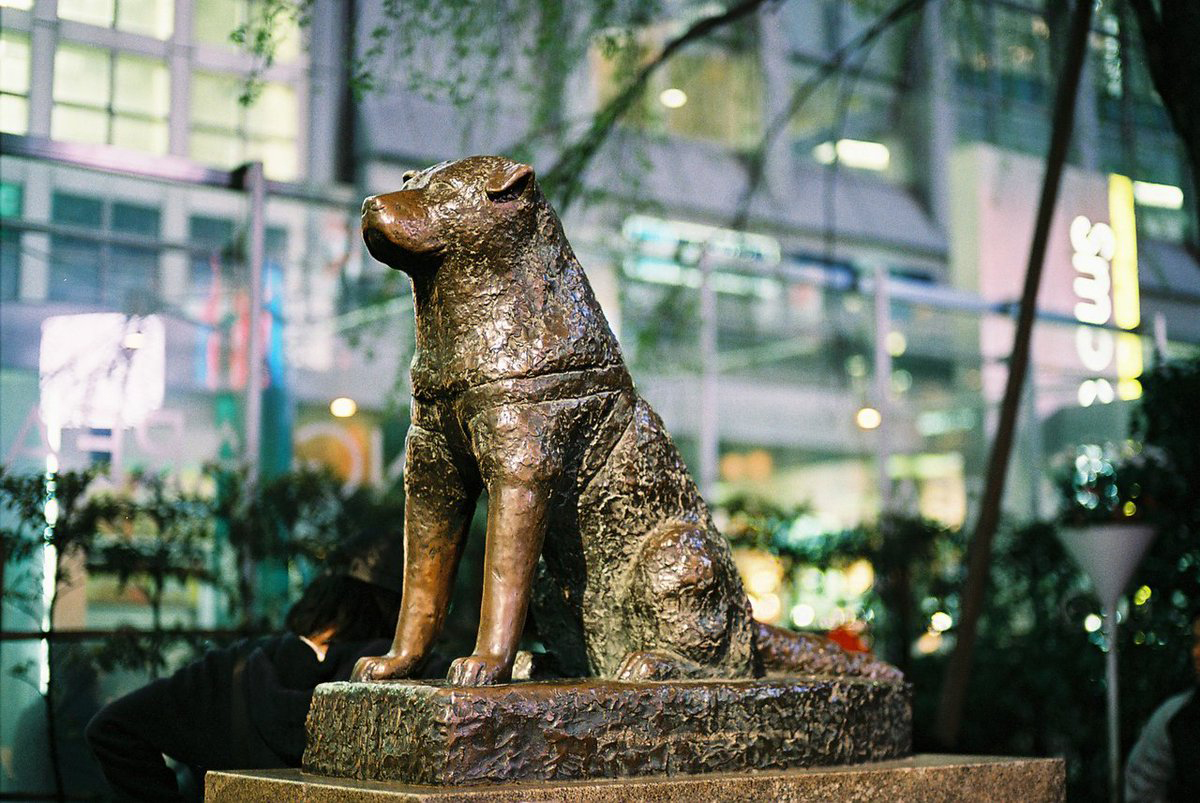
Photo credit: fotopedia.com
Yet, one of the main symbol of Shibuya is the monument dedicated to Hachiko, the dog that became famous for his loyalty to his owner, Hidesaburō Ueno. Unfortunately, the statue is just a reproduction of that original one that was lost in the Second World War.
One ward, many curiosities
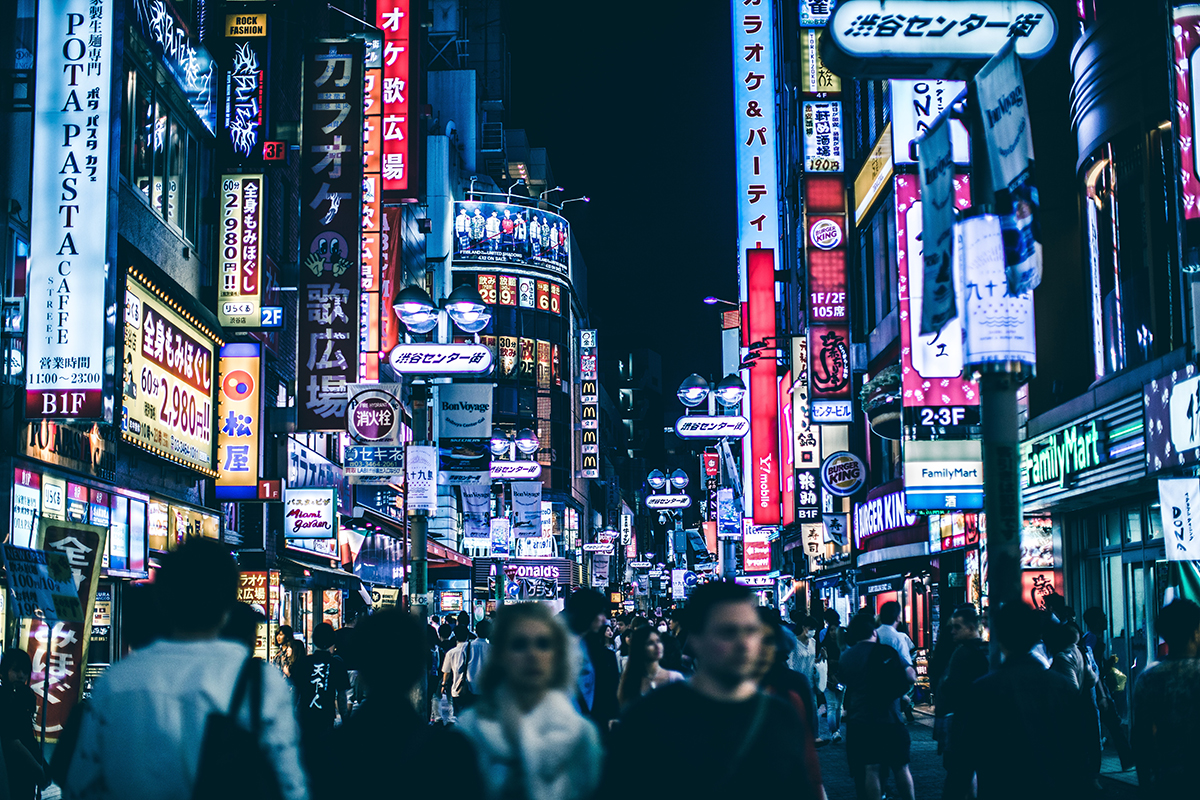
Photocredit: AndreBenz
Surely the name “Shibuya” is known to everyone. Those who love animes must have noticed that, for example, in Super Gals! there are many references to it. Not to mention that the protagonist has the habit of sitting on the statue of Hachikō to free her mind from all her thoughts! In the Digimon series the train for the “Digiworld” departs right from the Shibuya station. But its not only in animes that these kind of references can be found. In the Nintendo DS video game The World Ends with You, you have the chance to walk Shibuya’s streets faithfully reproduced in all their symbol places.
Last but not least, its right here that the musical genre of the Shibuya-kei was born as a fusion between electronic and pop music, and part of the J-pop genre.
Harajuku District
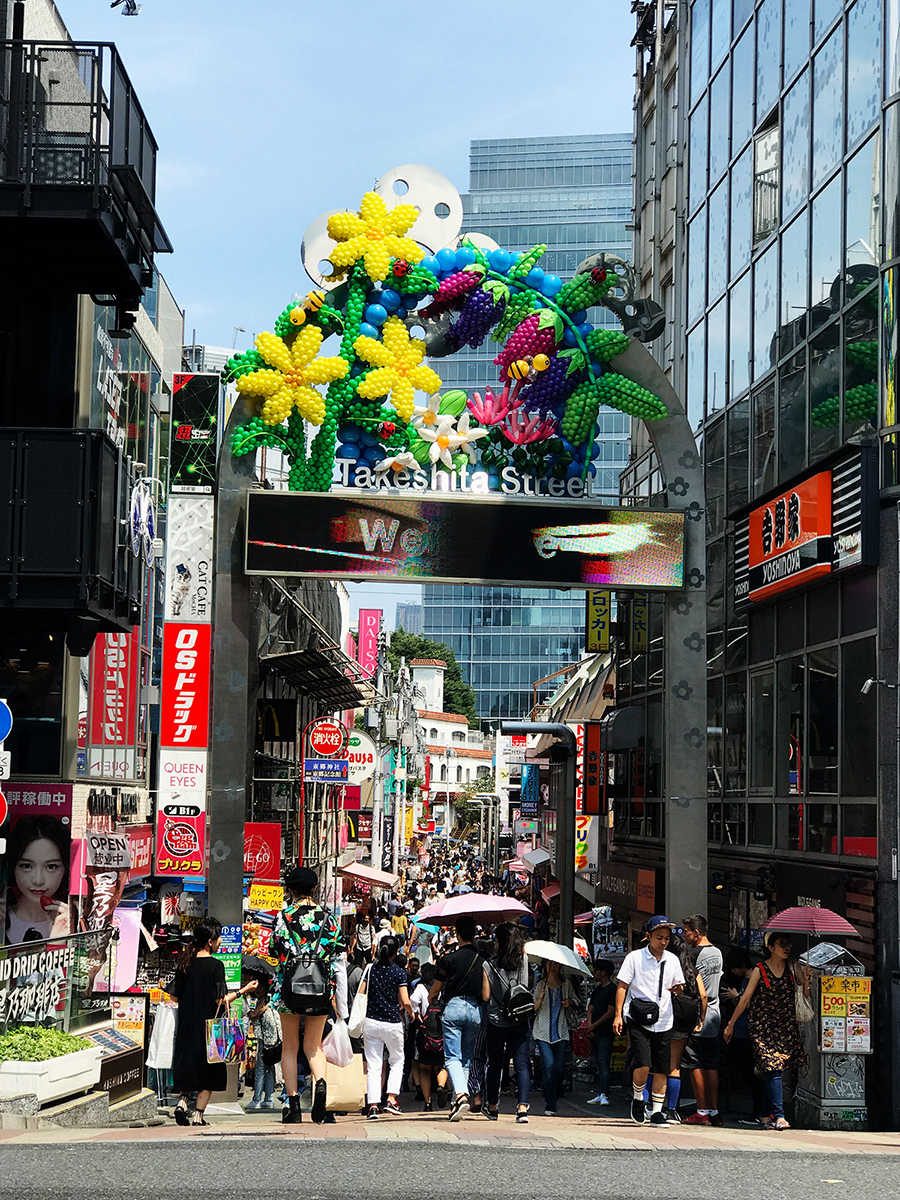
Photo credit: JAPAN ITALY BRIDGE
Harajuku (原宿 "meadow lodging" literally) is best known as the center of the Japanese extremely innovative youth trends. Two are the main shopping streets of the area, Takeshita and Omotesandō. The first one is dedicated to youth trends and is full of stores with many lolita, visual kei, rockabilly, punk and cyberpunk style items. Omotesandō, on the other hand, “Tokyo’s Champs-Élysées”, is dedicated to stores like Louis Vuitton, Chanel, Prada and Tod’s, just to name a few. The young girls that crowd Harajuku’s streets are identified as Harajuku girls. They are teens dressed according to many different styles, often very different from each other, but all with a distinguished eccentricity and very colorful. They are expressions of various subcultures, lolita, ganguro and kogal among the others
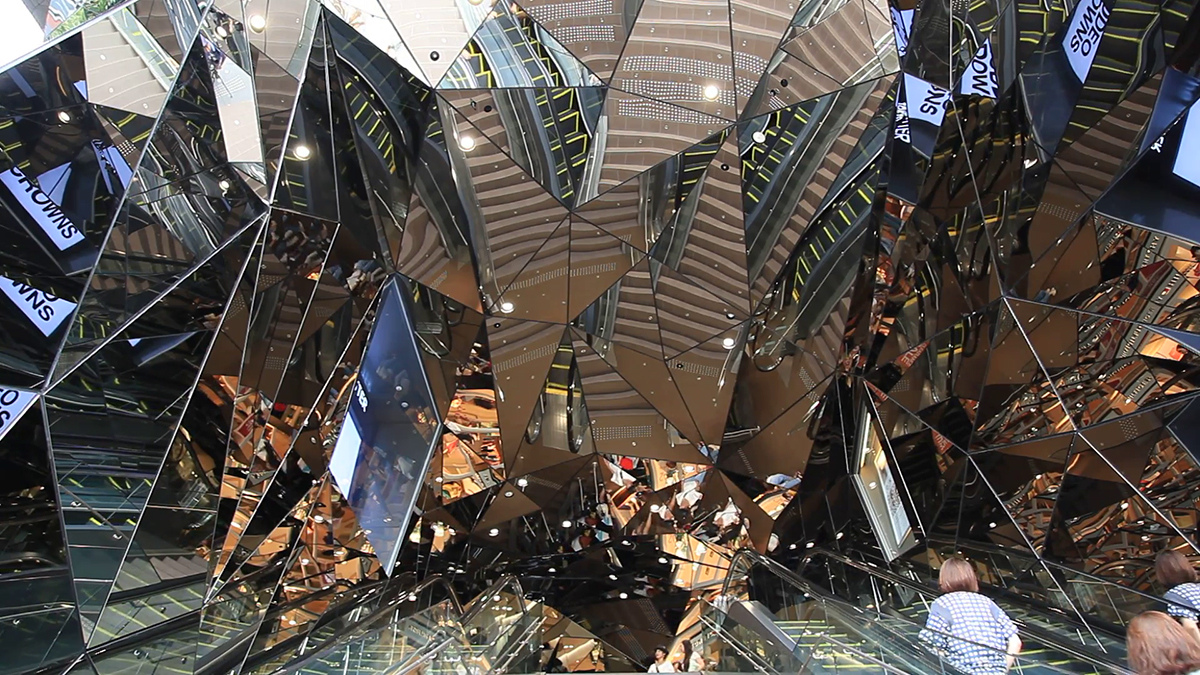
Photo credit: Google
Visual Kei was born here
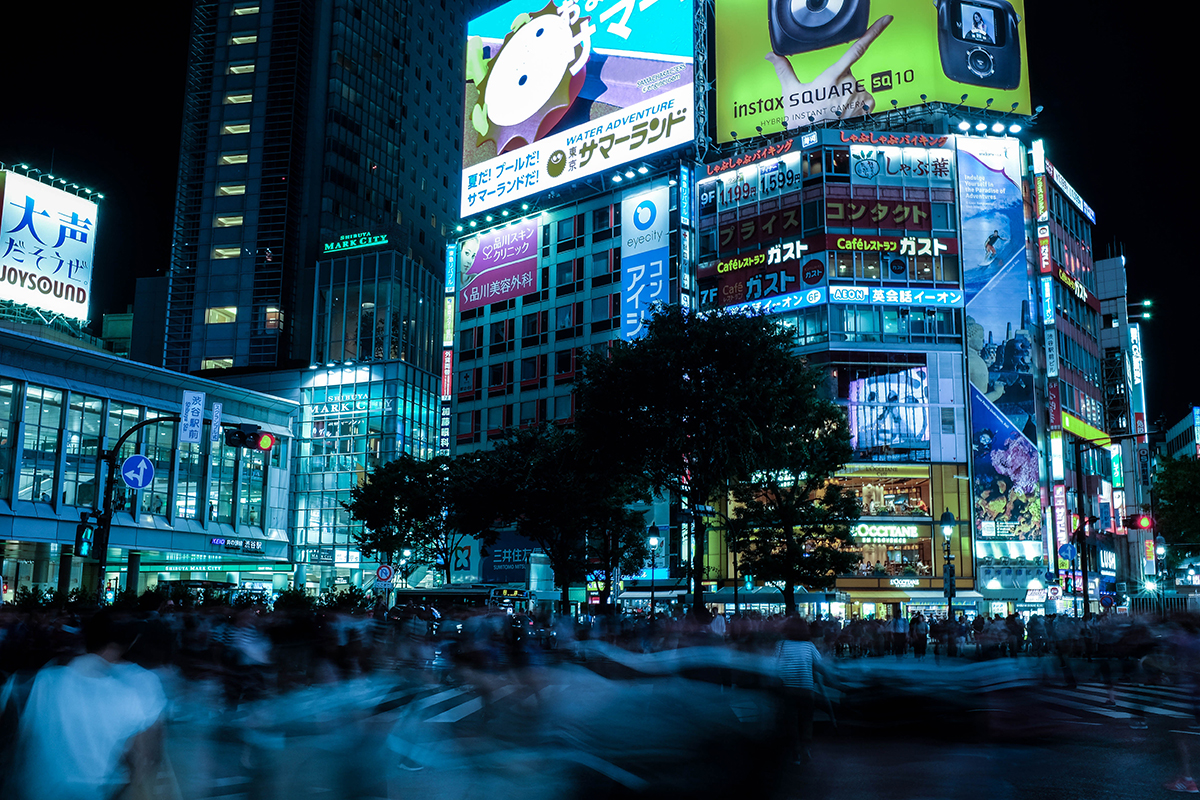
Photo credit: Alex Knigh
The musical genre of Visual Kei – from the English word visual and the Japanese word kei (系, “style”) – that was born around the end of the 80s, developed around this ward. The core of this genre is its aesthetic dimension. In fact, its various music bands distinguish themselves with the great theatricality and attention for the visual and scenographic aspect. One of the most distinctive elements is the exclusive presence of male musicians. This has its roots in the traditional Noh Theater where men play female roles as well.
Curiously, many think that the word “Visual Kei” derives from “Psychedelic violence crime of visual shock”, one of X Japan slogans, a band pioneer of the genre.
Harajuku is the perfect place to immerse yourself in this subculture, in particular on the Jingu Bashi (the sanctuary bridge), a pedestrian bridge that connects Harajuku’s center to the Meiji Shrine.

Photo credit: @camknows

Photo credit: tokyofashion.com
Japanese Culture: Vampire Knight
Vampire Knight: Japan's Vampires
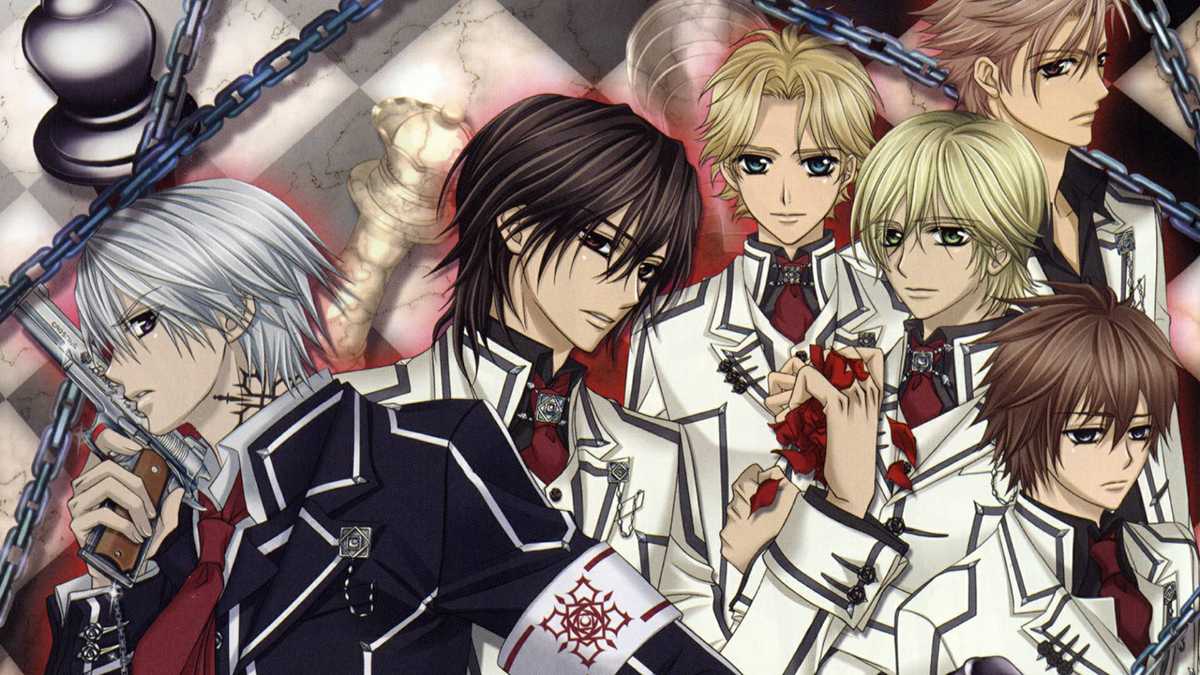
Which are the most fascinating and feared creature of the darkness of all times? The answer is simple and obvious: the Vampires.
In the common imaginary vampires have their origins in the inland Europe, but probably not many know that there is a race of vampires that actually comes from Japan! We are talking about Vampire Knight.
ヴァンパイア騎士 (Vanpaia Naito) is written by Matsuri Hino. She is a really an expert in the shōjo-gothic genre and debuted on the January number of the magazine LaLa in 2015. The artist gives us an extremely romantic image of vampires. Beautiful in the eyes of humans, they are different from the common "bloodsuckers".
They have blood running in their veins too, and drinking the blood of the beloved person is a sign of devotion like no other that will quench the thirst of the vampire who does it.
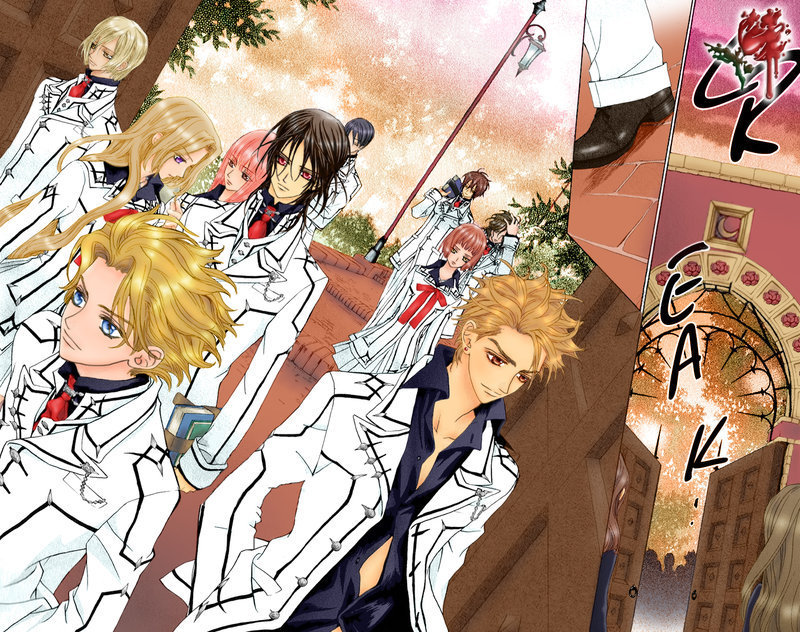
The Cross Academy
In an obscure world out of space and time the protagonists of Vampire Knight live in a prestigious private school with an unusual class structure. Students are divided in two different classes. The Day Class, attended by normal people that take their lessons during the day, and the Night Class, whose students are hiding a secret. To other students they are like an elite of geniuses, but in reality they are beautiful vampires. Only three people of the Day Class know the truth about the Night Class: the school director and the two “Guardians”: Yuki Cross, the protagonist and Zero Kiryu.
Around them, we find among others the characters of Shiki Senri, Hanabusa Aidou e Takuma Ichijo, mysterious and charming noble vampires bounded to the Pureblood and head of the Night Class Kaname Kuran by a strong friendship and the obedience imposed by hierarchy.
From this starting point takes place a thrilling story full of twist and turns. The panels, that were skillfully drawn by the artist, have a dark touch through which the protagonists communicate the anxieties of their souls and the pathos they live day after day.
The vampires depicted here are creatures surrounded by a natural sensuality. Like in the best literary tradition, even the most gory scene is magically enveloped by an aura of charm and refinement. All this contributes to make every kind of fight less bloody.
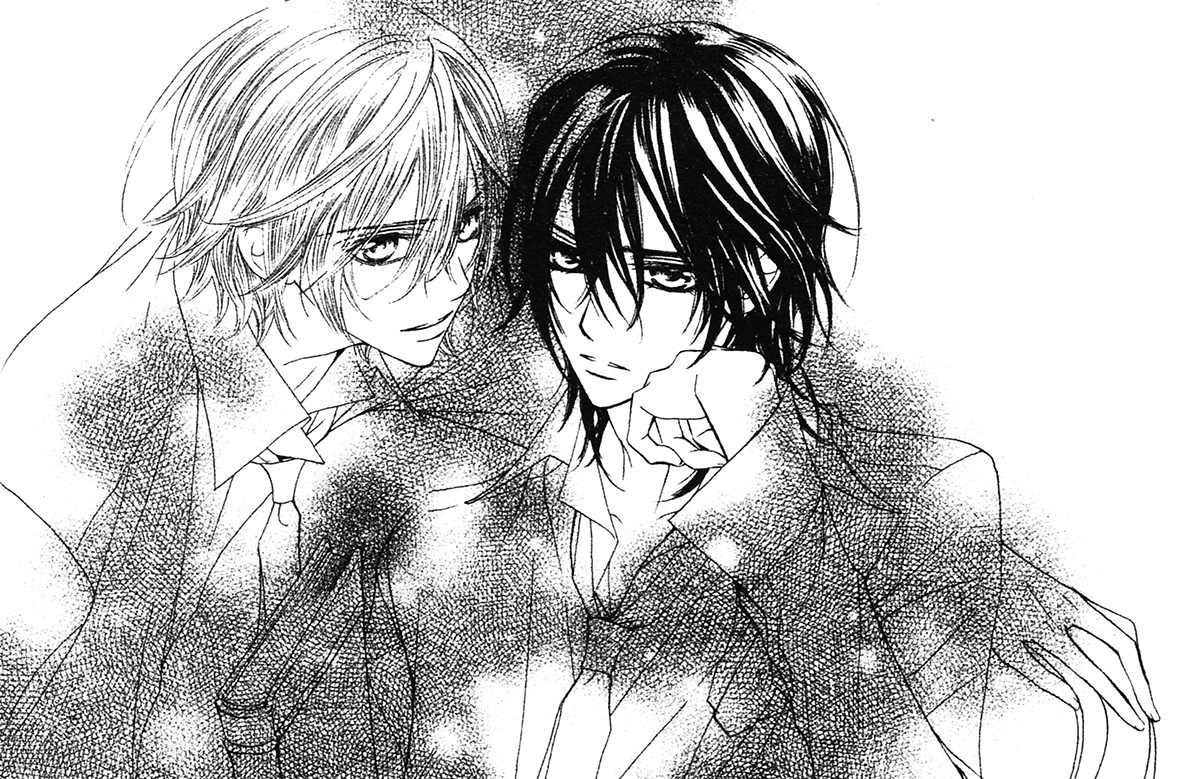
Eternal love and damnation
The characterizing theme of Vampire Knight is Eternal Love. The internal struggle of the characters to conquer what their heart truly desires, the will to withstand even the most painful choices.
Considering this aspect, Kaname’s personality is the most complex of all. Authoritative especially with his classmates of the Night Class and merciless toward his enemies. He is rarely seen smiling or letting himself go, but his personality changes in front of Yuuki. He shows all his tenderness and the great sense of protection he is capable of only with her. The metaphor of tormented love, that emotion that entails despair, pain and inner struggle. All of this embodies in the character of Kaname the determination, the strength and the ability to overcome every boundary in order to reach his objective.
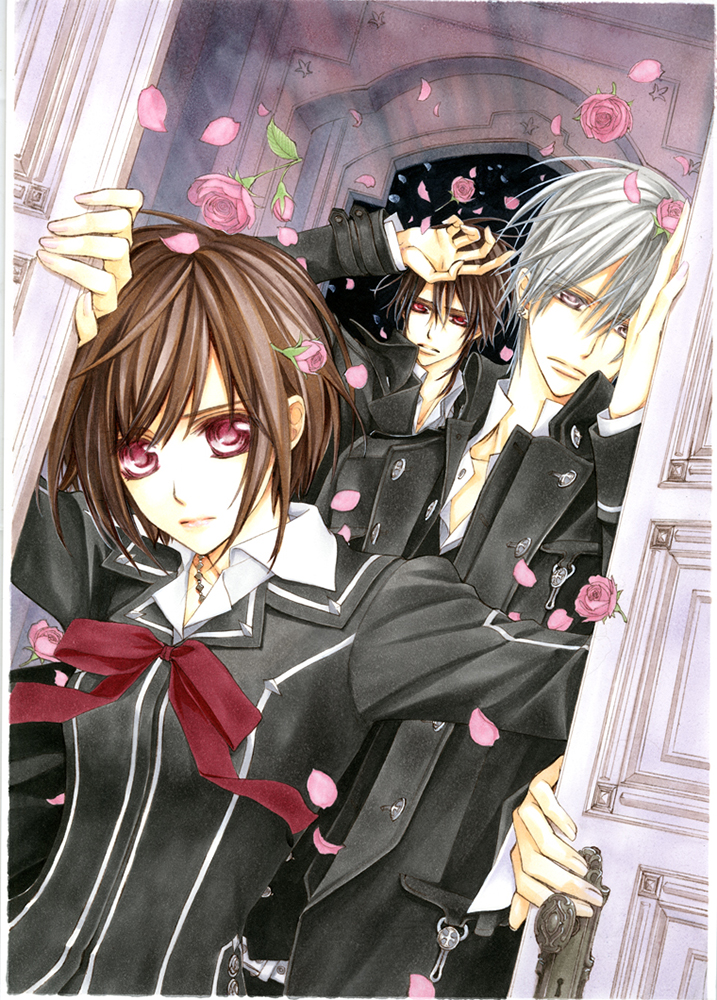
Anime, CD Drama and Novels
A story like this certainly couldn’t be left only written on the paper. The first episode of the anime series of Vampire Knight was produced by Studio Deen. It was aired on TV Tokyo on April 8, 2008. Its success convinced the director Kiyoko Sayama to work on a second series, Vampire Knight Guilty. It was aired on October 7, 2008 and a third one aired during 2014. Unforgettable are the opening themes of both seasons. These are "Futatsu no Kodō to Akai Tsumi” e "Rinne: Rondo”. Together with the ending themes “Still Doll” and “Suna no Oshiro”, they were included in the soundtrack album consisting in 30 tracks composed by Haketa Takafumi.
More than that, 2 CD drama were released. One is “LaLa Kirameki” released in September 2005. The second volume “Vampire Knight Midnight CD-Pack”, available only through online order.
Moreover, Matsuri Hino in collaboration with Ayuna Fujisaki published two Light Novels in 2008. Both novels are not specifically based on chapters of the manga but are side-stories about some characters of the story.
In November 2008 an official Fanbook was published too: “Vampire Knight Fanbook: Cross”. This last work gives further information on the characters and also includes detailed images of the author’s storyboard.
And the story doesn't end here...
Photo credit: Google images; Vampire Knight wiki;
Japan Travel: Tokyo Tower & Skytree
Tokyo Tower
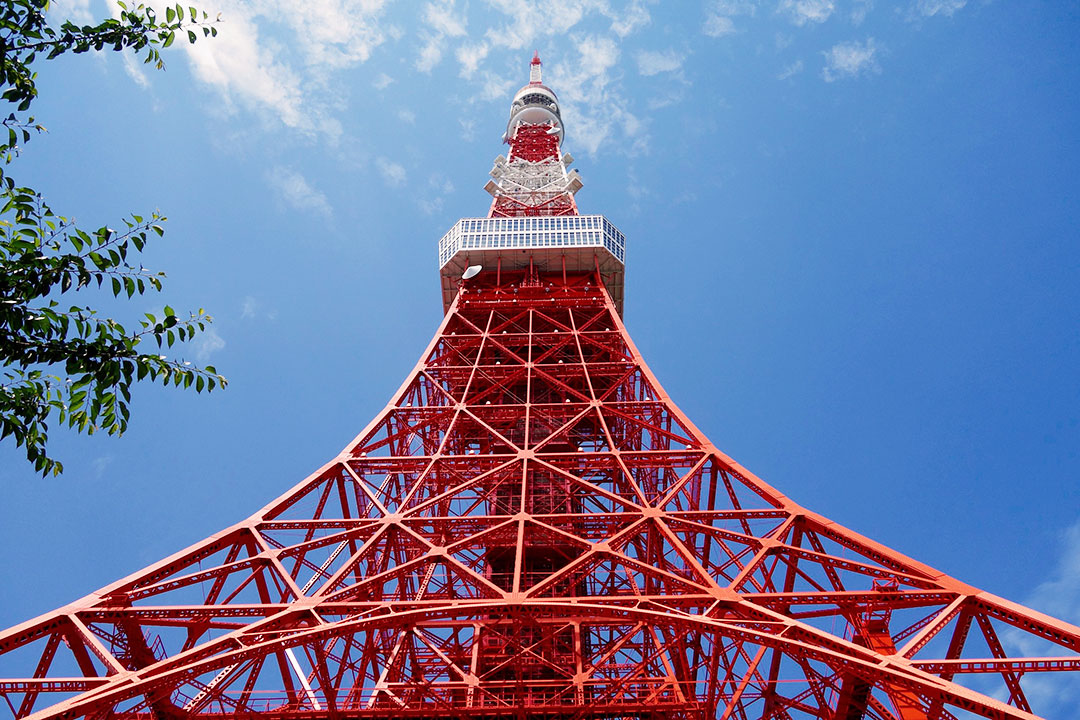
Inspired by the Eiffel Tower, the Tokyo Tower is situated in the Shiba-kōen zone in Minato, Tokyo. Built in 1958 as a symbol of economic rebirth, with its 333 meters it has a double function. It is in fact a tower for telecommunication and scenic landmark!
Completely built in steel there are two observatory that will let you have one of the best views in the world. At the first floor, situated at 150 meters from the ground, there's the main observatory offering you a scenic view on the city. At 250 meters there's another special observatory that will allow you to see the Tokyo Sky Tree and up till mount Fuji.
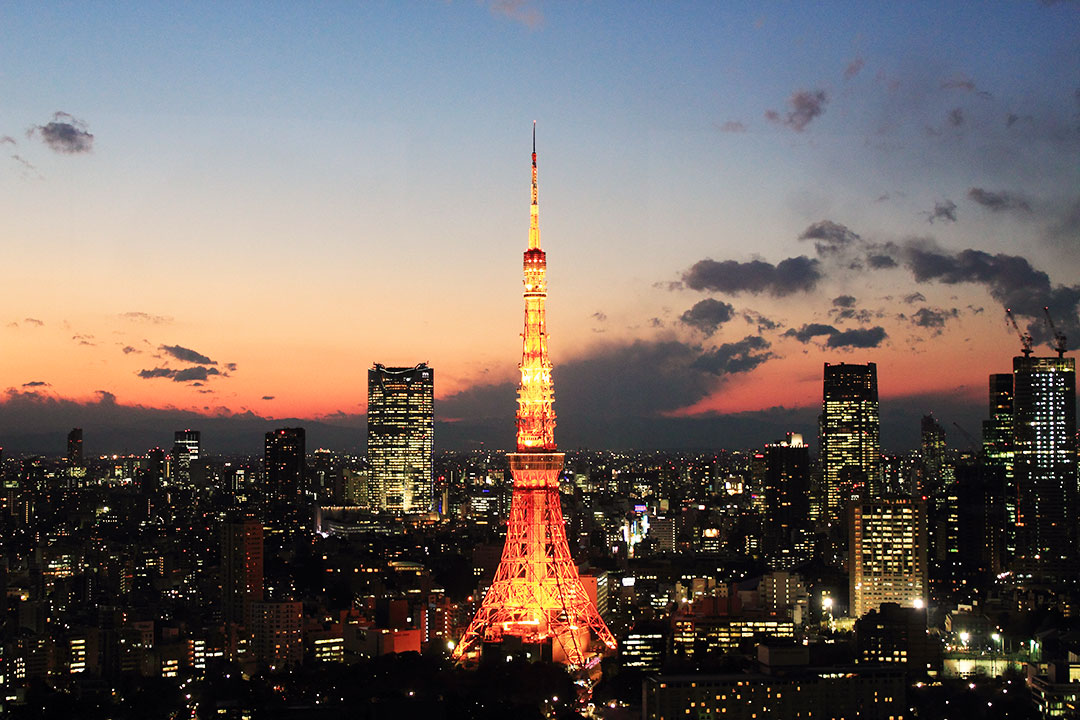
Obviously the Tokyo Tower is not just this. Inside there is a souvenir store, a very elegant bar and a stage where every week you can enjoy musical events. Even the younger ones can enjoy shows during holidays also thanks to "Noppon", the Tokyo Tower mascottes.
At its feet there's the Highball Garden Rooftop Genghis Khan: a terrace bar opened between March and September that serves specialties and exclusive cocktails.
From June 1st and August 31st there's a very peculiar and fascinating event called “Milky Way Illumination”. The stairs that go from the ground up to the observatory are enlightened with blu lights. On the roof a lot of starts will appear and it will make you feel as if you are in space. Furthermore, during the full moon nights, the Tokyo Tower lights up in a pink shade!
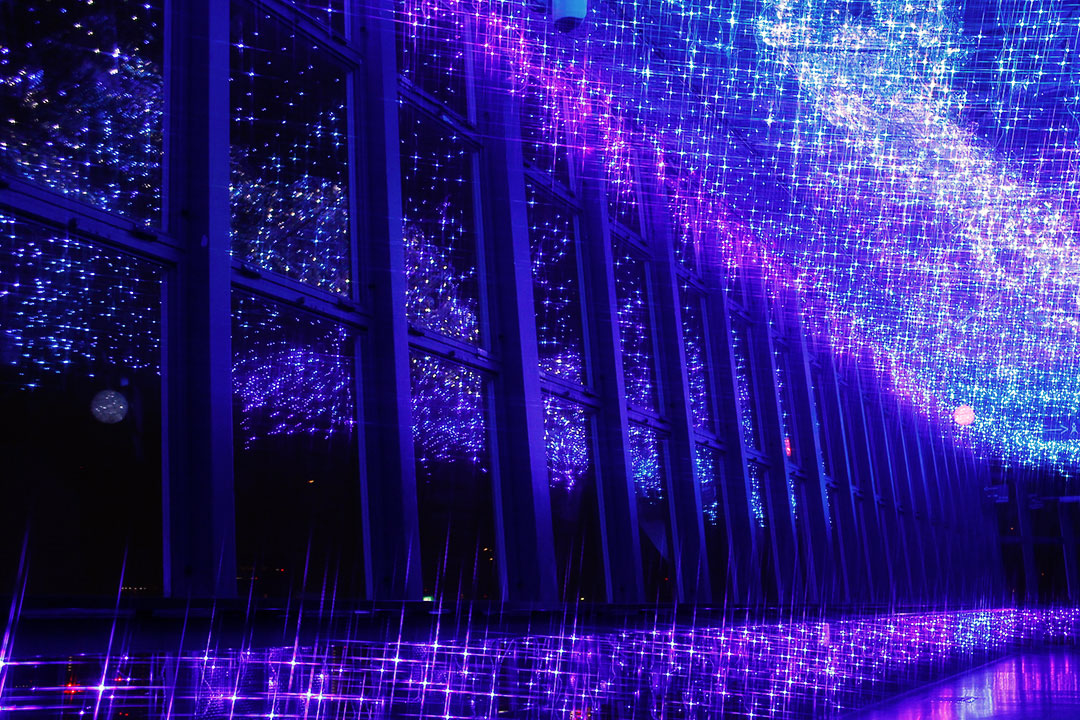
Even today, the Tokyo Tower serves the purpose it was built for. Thanks to the antenna on top, it takes care of the transmission of the signal for the main Japanese TV networks.
Tokyo Skytree

More recent than the Tokyo Tower is the Tokyo Sky Tree. Symbol of Tokyo architecture with it's shapes that reminds us of the ancient temples of the Heian era, it fills the sky with its 634 meters of height. A number that is not casual: the signs mu (6), sa (3), shi (4) they form the word "Musashi", ancient name of the region where the Tokyo Sky Tree is.
This is the highest telecommunication in the world, with one of the most beautiful sceneries thanks to the Solakara Point. Here the floor and the glass walls gift the feeling of belonging to the sky.
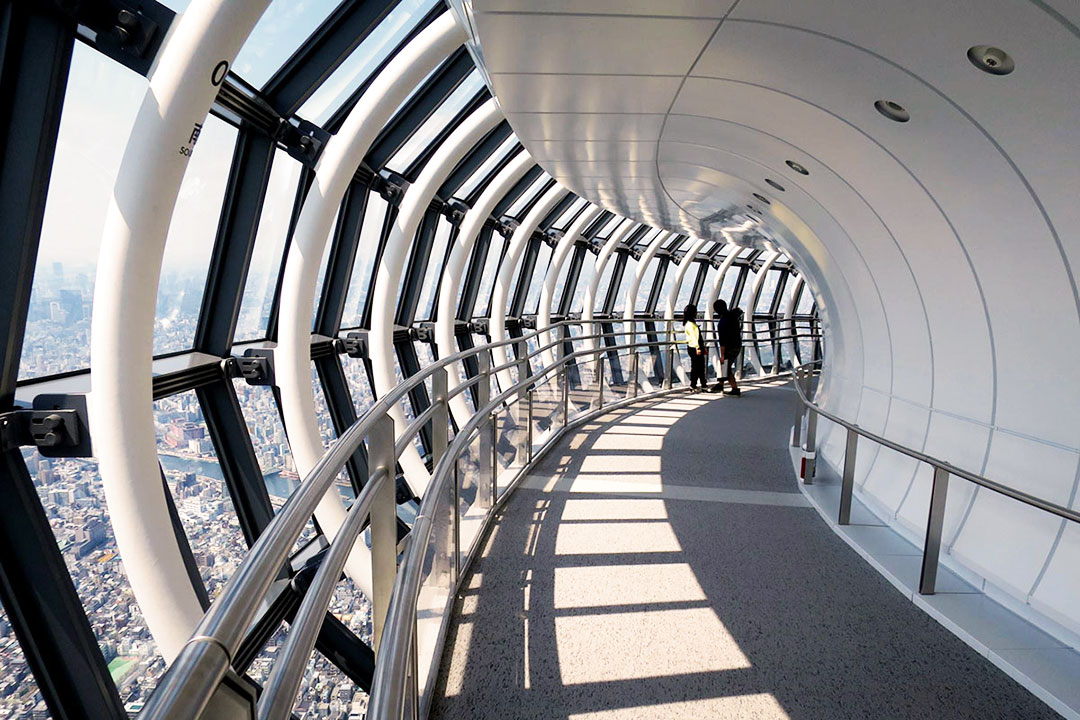
The Tokyo Sky Tree mixes modern and ancient times. From the fourth floor of the tower you can see the SUPER CRAFT TREE where the designer Yukio Hashimoto showcased his creations. The artist mixes the modern techniques with the Edo period craftsmanship. A proof of this is the TEMBO SHUTTLE, the lift with crafted panels that represent the miyakadori (the bird symbol of Tokyo), Sakura trees and the Sumidagawa river.

As custom in Tokyo, also the Sky Tree has its own mascotte, the Sorakara-chan (daughter of the Sky). Naturally, the main function of the tower is the distribution of the radio and tv signal at a regional leve.
Photo Credit: gaijinpot.com; tokyo-skytree.jp; tokyotower.co.jp; google image;
Japanese Traditions: Ōmisoka - New year's traditions
Japanese Traditions: Ōmisoka - New year
Shogatsu (or Oshogatsu) is the new year for the land of the Rising Sun.
In the Meiji period, this date was coinciding with the Chinese lunar calendar, but during the restoration of the same period, Japan changed to the Gregorian calendar too, fixing January 1st as the festive day we all know.
For the westerners it’s almost impossible to think to gather 365 days in just one moment. However, opening your eyes in front of the sight of the Hatsuhinode (the dawn of the first sun of the year) it is considered good luck and as the representation of the year that’s about to begin. However, every year, celebrations start on December 28th when all the preparations for new year begin. During the days of the Shougatsu Sanganichi, only the primary services are available, while Japanese people dedicate themselves to the Susuharai, cleaning of the whole house to get rid of all the negative traces of the past year. Kadomatsu (pine braches) and Shimenawa (straw rope with stripes of colored paper) are hanged on the doorsteps to keep the bad spirits away.
Japanese postal office are actively sending out and delivering cards for the best wishes that need to reach friends and families before new year’s day, the nengajou (年賀状).
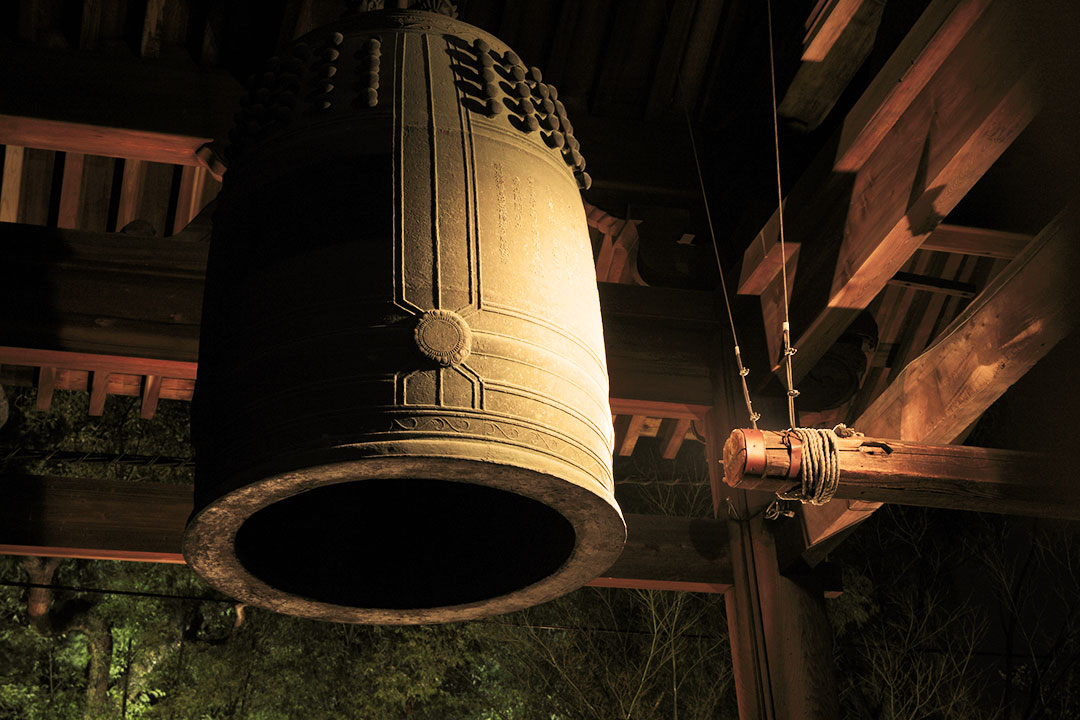
Everything is ready to spend the time with the family and on December 31st, that's when the Ōmisoka begins (literally New year’s eve, the last day of the year).
Around 10:30pm the Joya no Kane, the tolls from the Tsurigane (bell of the temple), begins. They are very slow, because the first toll has to stop ringing before a second one is taken. They go on until midnight for a total of 108 tolls. They are said to be purifying for all those who listen so that it’s possible to face a new chapter of our lives.
Traditional foods
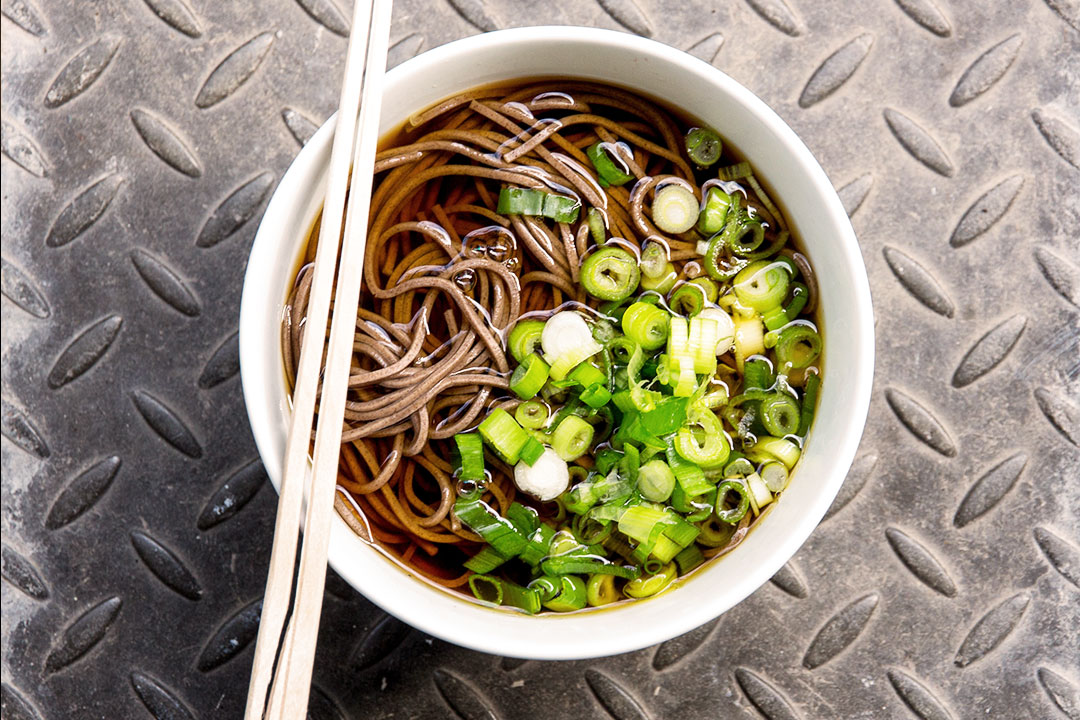
In this night it’s tradition to eat toshikoshi soba (年越しそば), noodles made with buckwheat, eggs and hot broth. The length of the noodles are auspice of a long life, their digestibility indicates the interior cleanliness and the ease in cutting them are a symbol of the removal of all bad things of the past.
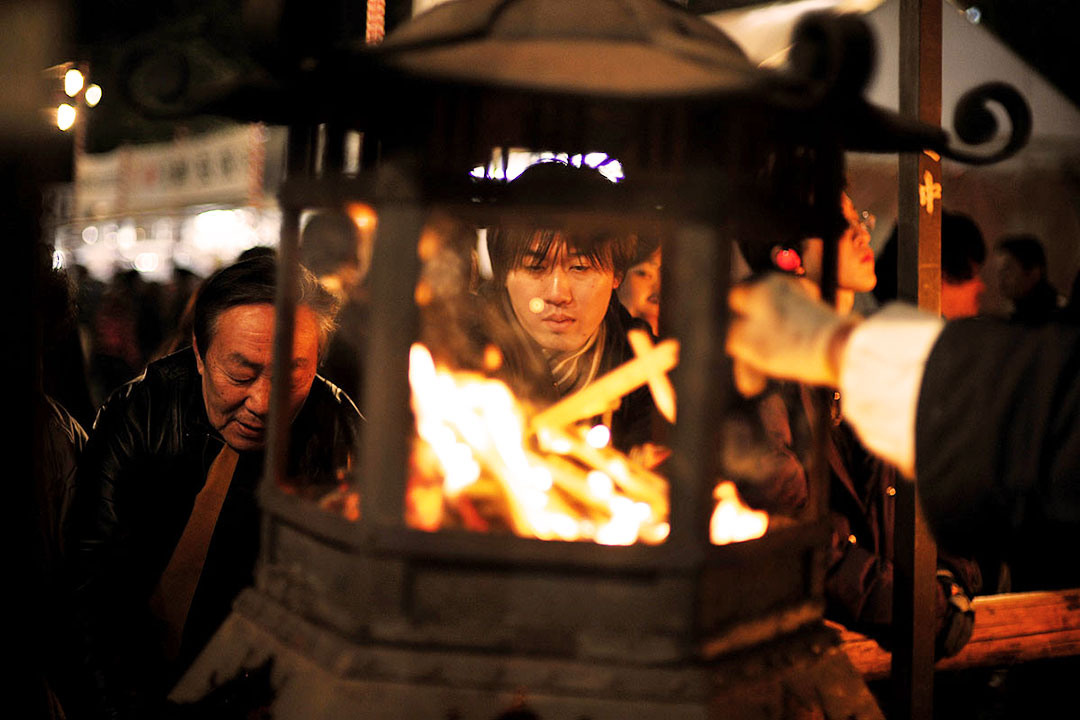
The day after, the first visit to the temple takes place, the HATSUMOUDE (初詣). To pray for health for every family member and their happiness is the right spirit to face a new beginning. Furthermore, Japanese kids usually receive a small engraved envelope, bukuro (袋), containing some money (otoshidama, お年玉).
Family and festivities are connected together also thanks to the food. On the tables you can find theosechi-ryouri (お節料理), specialties coming from the tradition like the kombu (昆布) weed. The kamaboko (蒲鉾, fish cake), kurikinton (栗きんとん, mash potatoes with chestunts), kinpiragobo (金平牛蒡, burdock boiled roots). The most loved and well known Kuro-mame (黒豆, sweet black soy beans) and of course sushi and sashimi. Due to all these specialties, on the 7th day of January there’s the jinjitsu (人日), the day for “stomach rest”, when you only eat the the nanakusa-gayu (七草粥, the soup of the seven herbs made with rice).
If you ever had the chance to be in Japan during the Ōmisoka, tell us in the comments or on our facebook page! We'd love to hear your thoughts and experiences.
Image source: Google








